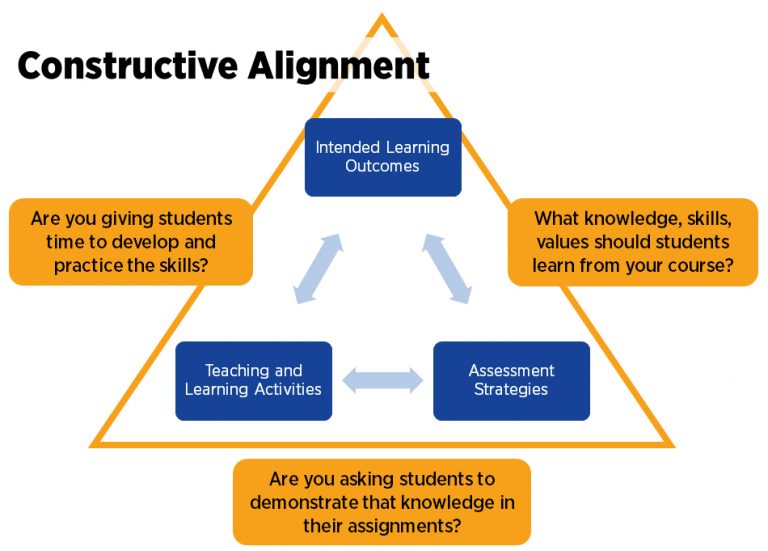Learning outcomes are statements about what students should be able to do, know, value, or demonstrate by the end of a course. They are written as the assessable end (or outcome!) of education from the students’ perspective. This means learning outcomes describe what we can see students doing.
Upon successful completion of this course, students will be able to:
- Learning outcomes then very briefly describes the observable activity students will complete.
- This description starts with a strong, active verb that makes your expectations of students clear and ‘assessable’.
- Finally, you may choose to add information that is essential for your context or discipline.
Example
- By the end of the course, students should be able to demonstrate personal and professional integrity in research by documenting sources with scholarly references.
- Upon successful completion of this course students should be able to analyze a brand by evaluating its performance and identifying brand issues and opportunities.
Writing learning outcomes takes practice, so download our worksheet to get started. The ALT Centre can also offer individual consultations where we can go through your learning outcomes in person.
For more detailed instructions on writing learning outcomes, we recommend:


